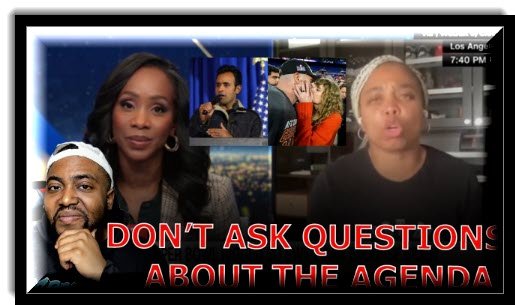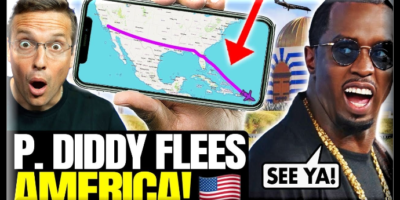Vivek Ramaswamy’s Taylor Swift RIGGED Super Bowl ‘Conspiracy Theory’ Triggers Intense Debate

Vivek Ramaswamy’s Taylor Swift RIGGED Super Bowl ‘Conspiracy Theory’ Triggers Intense Debate In recent times, the media landscape has witnessed its fair share of controversies and scandals, but few events have sparked as much uproar as entrepreneur Vivek Ramaswamy’s conspiracy theory surrounding Taylor Swift’s alleged rigged performance at the Super Bowl. This theory presented a captivating intersection of pop culture, politics, and the lingering distrust in the media, leading to an intense debate that engulfed both traditional and digital realms. However, it is crucial to evaluate and approach this theory with skepticism, critical thinking, and an understanding of the broader context to distinguish between fact and speculation.
Understanding the Theory:
Vivek Ramaswamy, a prominent figure in the business world, took the online community by storm when he voiced his belief that Taylor Swift’s Super Bowl performance was intentionally rigged in an attempt by liberal media outlets to gain political mileage. According to Ramaswamy’s theory, Swift’s performance was laden with subliminal messages and symbolic elements that aimed to manipulate viewers’ subconscious minds, promoting a certain political agenda.
Response from the Liberal Media:
As expected, the liberal media responded swiftly to the theory, with many prominent figures and outlets dismissing it as baseless, speculative, and sensationalist. Critics argue that rather than being an accurate representation of reality, Ramaswamy’s theory is an attempt to stoke political divisions and exploit the public’s underlying skepticism towards the media. They contend that such conspiracy theories undermine the credibility of legitimate journalism by eroding public trust.
Reasons Behind the Uproar:
The controversy surrounding Ramaswamy’s theory goes beyond the alleged rigging of a pop star’s performance. It serves as a reminder of the growing polarization within society and the media’s role in shaping public opinion. In recent years, the battle for narratives and truth has intensified. With an increasing number of non-traditional voices gaining prominence, the distinction between legitimate news sources and unsubstantiated opinions has become blurred.
The Dilemma of Information Validation:
Amid the rapid evolution of the news landscape, one pressing concern is the ability to discern factual information from misinformation, conspiracy theories, and deliberate disinformation campaigns. The rise of social media has given a platform to a multitude of voices, making it difficult for individuals to separate fact from fiction. This dilemma has prompted widespread calls for media literacy, critical thinking, and fact-checking to better equip individuals in navigating the complex web of information.
The Role of Confirmation Bias:
Confirmation bias, the tendency to interpret information in a manner that confirms one’s existing beliefs, plays a significant role in the acceptance or rejection of conspiracy theories. Swift fans and conservatives inclined to believe in media bias were more likely to embrace Ramaswamy’s theory, whereas skeptics and liberals dismissed it as another instance of misinformation.
Nurturing Constructive Debate:
While this particular theory might seem divisive, it highlights the importance of nurturing constructive dialogue and critical discourse. It is crucial for individuals on all sides of the political spectrum to engage in open conversation, respect differing perspectives, and critically analyze claims presented to them. By doing so, society can overcome the pitfalls of misinformation and further strengthen the foundations of democracy.
Vivek Ramaswamy’s Taylor Swift conspiracy theory surrounding the alleged rigging of her Super Bowl performance sparked a fiery public debate. While it is important to be vigilant in the face of misinformation, it is equally essential to recognize the underlying factors that contribute to conspiracy theories gaining traction. By fostering media literacy, promoting dialogue, and encouraging critical thinking, society can strive towards a more informed and engaged citizenry, resilient against the divisive influence of conspiracy theories.

Throughout his career, Roy Swire has remained true to his roots, using his artistry to inspire and uplift others. Whether through his music, writing, or activism, he continues to make a meaningful impact on the world, proving that art has the power to transcend boundaries and unite people from all walks of life.
Related News

Diddy FLEES AMERICA as Feds RAID His Mansions in MASSIVE Sex-Crimes Op! Lands On Epstein Island?!
Spread the loveThere has been shocking news circulating in the media recently regarding music mogulRead More

“Trojan Horse: Deception’s Anthem” is a powerful rock song
Spread the love“Trojan Horse: Deception’s Anthem” is a powerful rock song that tells the timelessRead More
